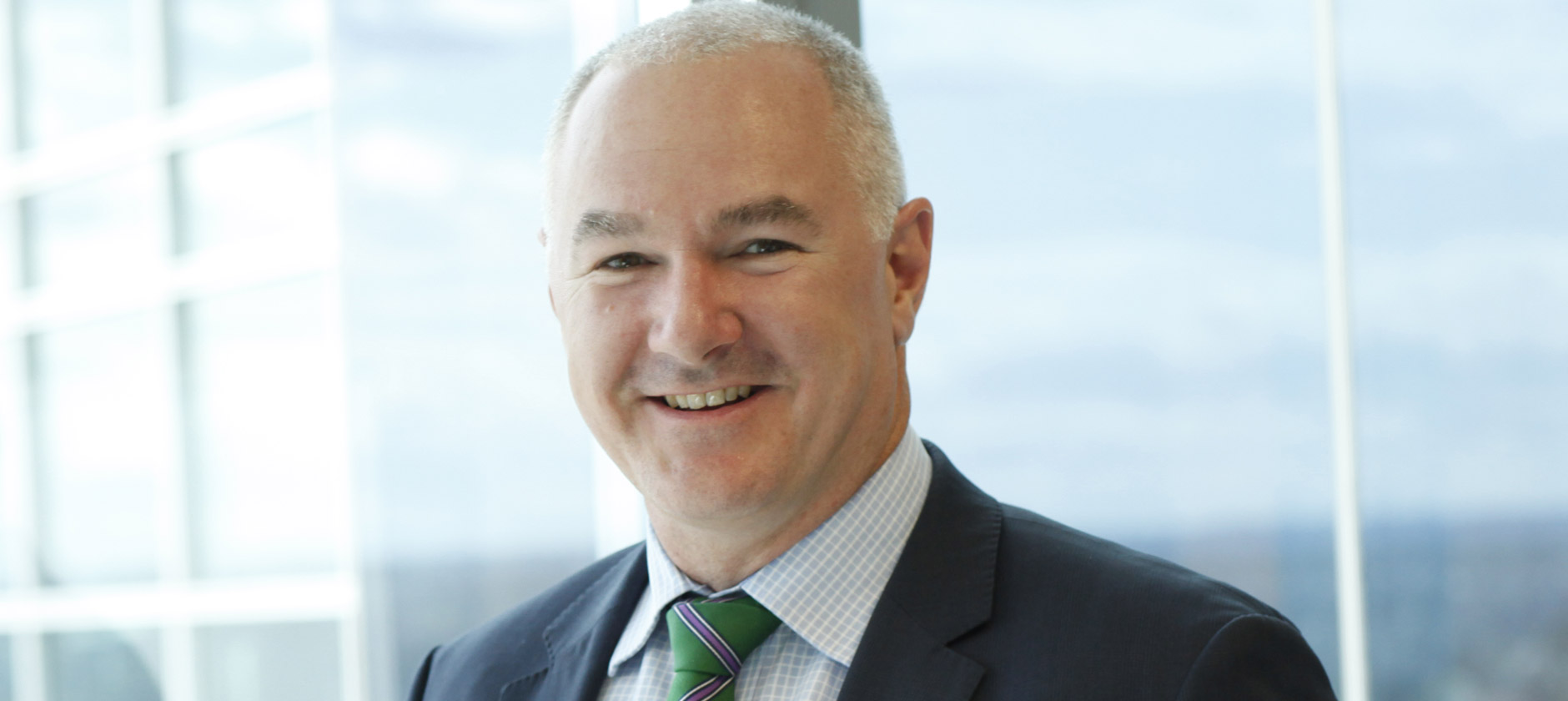Today’s interest rate decision was always going to be a line ball; however, the 25 basis point lift is likely to be the last in what has been the most rapid rate hiking cycle on record.
Although inflation has been trending lower since peaking in the December quarter 2022, today’s rate hike reflects the RBA’s uncertainty about how ‘sticky’ inflation might be amid persistently tight labour markets and new evidence that housing prices have moved through their low point.
Although the RBA didn’t touch on the recent more positive housing trend, the statement following the meeting highlighted the rapid drop in housing prices since rate hikes commenced could be a factor in slowing household spending (alongside high interest rates and high cost of living pressures).
CoreLogic’s figures released yesterday showed a second consecutive monthly rise in national housing values with each of the four largest capitals recording a lift in values over the rolling quarter.
Arguably, the more positive trend in housing conditions supported the RBA’s decision to lift rates today. Although housing considerations aren’t part of the RBA’s mandate, a return to a more positive housing trend could be accompanied by a lift in consumer attitudes, supporting consumption and potentially keeping inflation higher for longer.
The lift in interest rates could act to dampen some of the recent housing exuberance, although a range of other factors are likely to support the continued stabilisation in home values including low available supply, extremely tight rental conditions and higher demand via net overseas migration.
Time will tell whether the latest rate hike is enough to send the recent positive trend in home values into reverse, however our anticipation is the market will continue to level out on the expectation that interest rates have peaked and the imbalance between housing demand and supply will persist for some time yet.
Today also marks the one year anniversary of the fastest rate hiking cycle on record.
Looking back on the housing sector amid such a rapid rate hiking cycle, it’s unsurprising to see the rate of decline in home value was also the fastest on record. The rate hikes coincided with record levels of household indebtedness, sending capital city home values 9.7% lower over ten months.
Although interest rates remain high we have recently seen the trend in housing values stabilise, if not show a level of growth in some regions. The more positive trend is a stark reminder that the performance of housing is influenced by a broad range of factors that go well beyond interest rate settings.
Similar to housing conditions in the mid-2000s, housing values have turned positive without the support of lower interest rates, a loosening in credit policies or fiscal support. It seems the combination of low supply and high demand has been enough to offset the downside factors of higher rates and a relatively tight credit environment.
